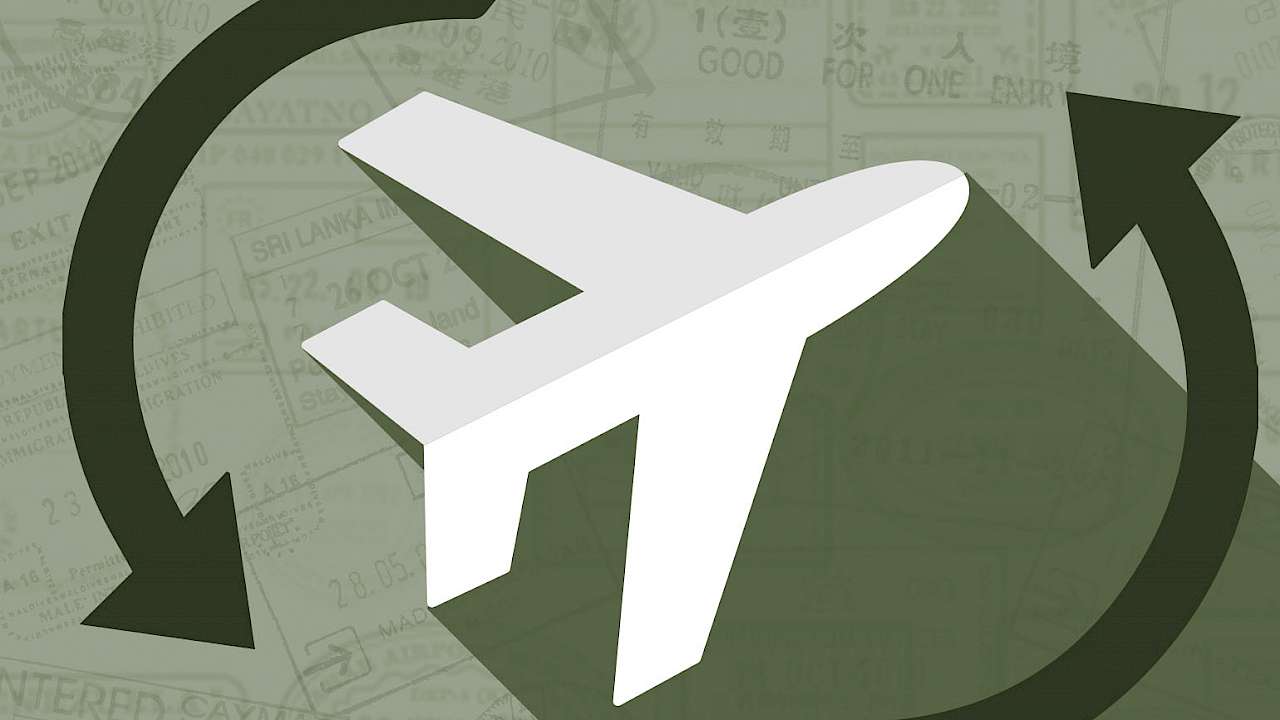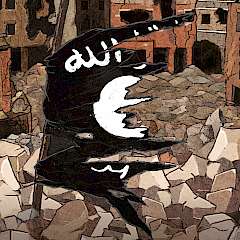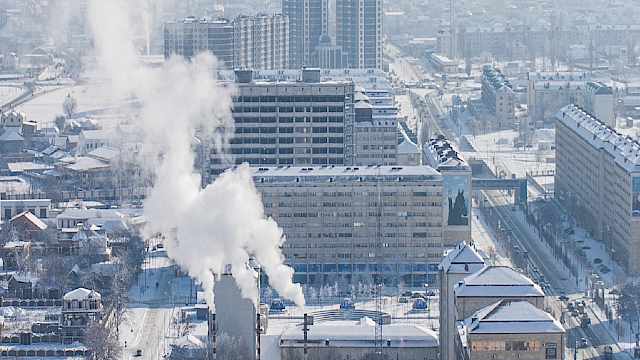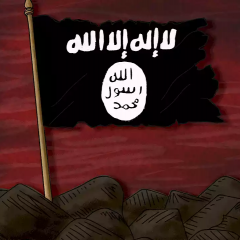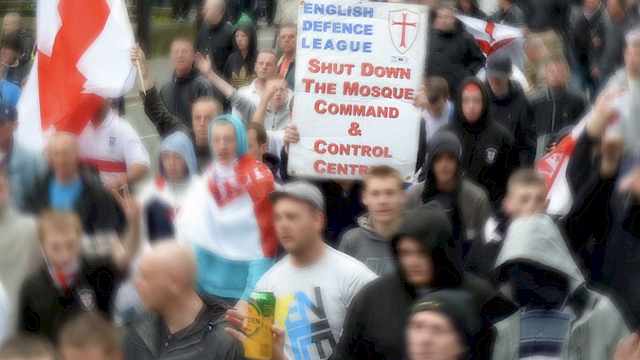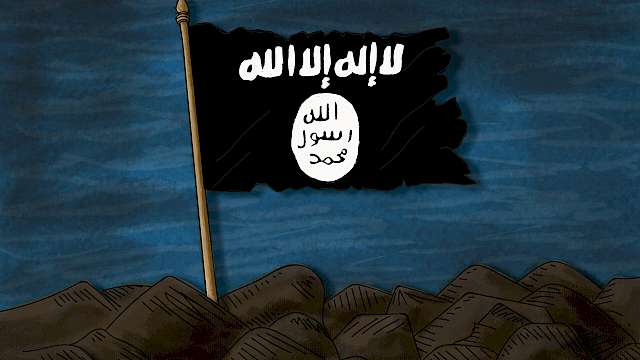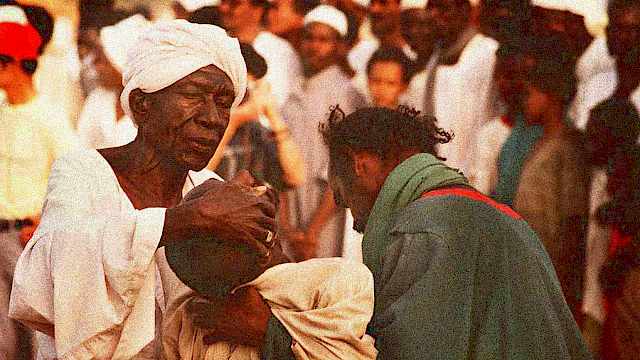‘Remainers’
There are a variety of reasons for remaining in a conflict zone, some difficult to appreciate from afar. For example, there will be groups of foreign fighters who will be scattered, injured or for that matter traumatised – hampering their capacity to leave the conflict zone.
Routes out of a conflict zone may be blocked, or fraught with danger. As a result, some combatants may switch allegiance to other groups or movements, with different aims.
Some foreign fighters will, of course, choose to fight to the death. Others may think the only route out is through amnesties, which offer temporary respite as insurgent networks splinter and collapse. However, amnesties may favour local fighters, further ostracising foreign combatants captured in theatre.
Those foreign fighters who may remain in the conflict zone will find a dwindling support network, forcing them to operate covertly and rely on smaller groups of supporters. We know from the conflicts in Chechnya that foreign fighters who remained were captured or killed, having been betrayed by former allies.
Even if IS’s foreign activists do manage to leave the frontlines, their options will be limited
Others who remained sometimes married locals, affording them both a measure of protection from clans and enabling them to retain bonds of trust and blend into local communities.
This illustrates the uncertain environment in which foreign fighters operate: an issue that will apply to IS too.
Even if IS’s foreign activists do manage to leave the frontlines, their options will be limited. Governments continue to block travel routes – making further movement more uncertain. Over time, small groups of foreign fighters are often arrested in the environs of conflict zones – as rolling waves of counter-terrorism are used to detain suspects. Others seek safety in ungoverned spaces, searching out new fronts to continue their chosen path.
The ‘Afghan Arabs’, fresh from their battle with the Soviets in the 1980s, are a prime example of this phenomenon. Many eventually went on to form al-Qaeda.
‘Leavers’
There is a risk that returning foreign activists will engage in violence when they return home. The proportion of activists willing to do so depends on a combination of organisational intent and opportunity. Not all conflicts lead to similar levels of violence from returning foreign fighters.
The wars in Bosnia and Iraq did not lead to significant levels of returning foreign fighters plotting in their home countries. However, fighters involved in the conflict in Afghanistan from 2004 onwards generated numerous plots.
In the short-term, violence associated with returnees will continue to be linked to plotting and material support from inside the conflict zone. The Paris and Brussels attackers provide an example of this type of attack.
These types of returnees come back with the express purpose of carrying out attacks. Whether this kind of plot can continue depends on the extent to which IS is able to maintain some kind of control or influence over returnees.
Most involvement by foreign fighters in terrorism is linked to interaction with an entity, like IS, that has declared intent and which has some enabling capacity. The ability of groups to communicate outside of the conflict zone may contribute to surges in activity.
Propaganda distributed via social media platforms has proved to be an important enabling factor in the mobilisation of fighters from Europe and has the potential to encourage ongoing engagement in violence.
French experience suggests that plotting activity in the short to medium term is associated with ‘short fuses’ and ‘slow burners’. ‘Short fuses’ are those activists tasked upon return to acting and ‘slow burners’ are those who might be willing to act depending on the circumstances. These circumstances are difficult to predict in advance but are linked to their social networks and external events.
The arrest of members of the Buttes-Chaumont group initially appeared to have disrupted their engagement in violence, but they remained in contact and acquired new members
In the longer term, the involvement of returnees is contingent on their level of continued engagement in networks supportive of violence. These can include the original network that facilitated their departure, or new networks formed in the conflict zone or prison.
For example, the arrest of members of the Buttes-Chaumont group initially appeared to have disrupted their engagement in violence, but they remained in contact and acquired new members. One subsequently travelled to Yemen, some to Tunisia and then to Syria, while others attacked in France.
An additional factor is whether or not there is a terrorist group providing ideological or material support for a terrorist act.
Assessing the threat
The ability of returnees to act depends on the capacity of a state to triage them and assess who may or may not pose a threat. This assessment role is further complicated by three factors specific to the Syrian conflict.
The first is the sheer volume of current returnees. This number may grow as fighters still in the combat zone also seek to return.
Second, they have an unusually diverse demographic profile. Previous conflicts had a returnee demographic that was overwhelmingly military-age males. The Syria conflict has military-age males but also large numbers of females and children.
Third, a returnee is not obliged to return to their state of origin, they could choose to travel to a third state. France, for example, could see not only former French residents and nationals return but also fighters from other French-speaking countries – Tunisia and Morocco and also Belgium. Belgium, Spain, and the Netherlands face a similar risk.
France could also see increased flows of Chechens given that 7–8% of those who left France to fight for IS were also of North Caucasian origin. No European state has previously been faced with such a complex situation.
The role of returnees is not confined to acts of violence in their home country
There is no straight forward way to assess how individuals will behave upon return, particularly in the long-term. Past evidence suggests a small minority engage in violence, but there is no way to differentiate between those who will and those who will not.
Four approximate indicators appear to be: whether the individual remains engaged in a network that continues to reinforce and maintain the fighter’s belief and adherence to plotting; if returnees participate in a social network that supports and reinforces beliefs about the acceptable nature of violence; if the individual is able to acquire logistical support from within this network; and lastly, if a returnee has a connection to a jihadi veteran or entrepreneur willing to facilitate an attack.
Finally, the role of returnees is not confined to acts of violence in their home country. Historically they have also constituted a cadre of veterans who, in the event of a new conflict, are able to mobilise or vouch for new foreign fighters seeking to travel abroad.
Copyright Information
As part of CREST’s commitment to open access research, this text is available under a Creative Commons BY-NC-SA 4.0 licence. Please refer to our Copyright page for full details.
IMAGE CREDITS: Copyright ©2024 R. Stevens / CREST (CC BY-SA 4.0)
